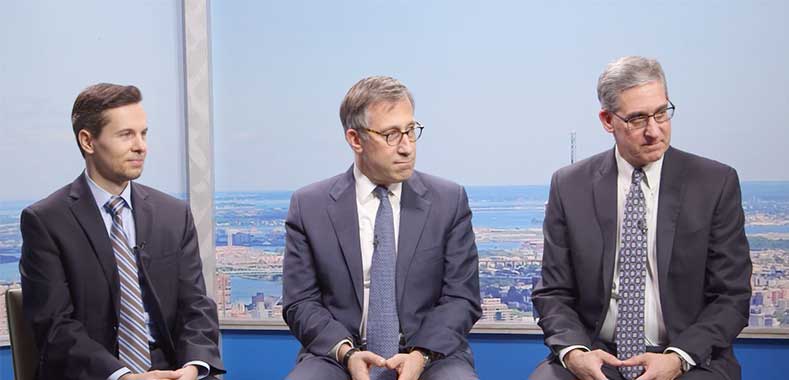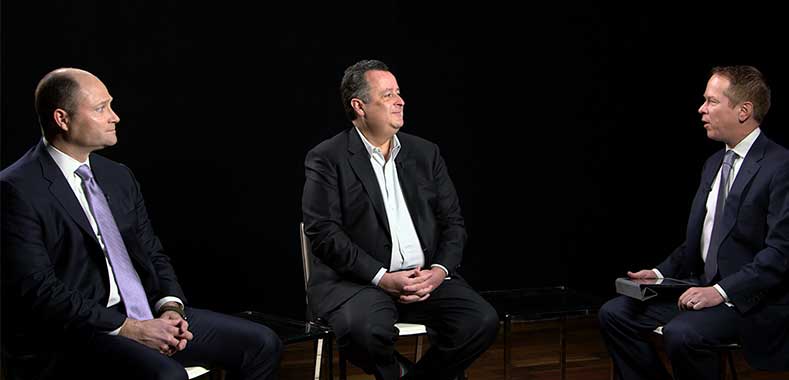Real Estate Underwriting in 2017
Michael Schwartz of RSM discusses rising interest rates and risk appetite among real estate investors.
Transcript Download Transcript
Real Estate Underwriting in 2017
With Michael Schwartz of RSM
What do you predict by way of underwriting standards in a rising interest-rate environment?
Michael Schwartz, RSM US LLP:
First of all, rising interest rates have already been incorporated into a lot of investments. And a lot of the debt players have factored these in, going back to starting in the middle of 2016, before rates crept up at the end of the year. However, underwriting standards are still being scrutinized.
[There’s] the old expression of, “Have we learned from our mistakes?” Did we learn from the RTC bailout and the [Federal Savings & Loans Crisis] in the early ‘90s, then the blip in 2001 and then, of course, the recession? I think underwriting standards have improved so much so over the last few years that we have seen some of our debt players walk away from loans more in the last three to five years than they did in the seven or eight years leading up to the crash. And they’re tightening standards. You’re seeing loan-to-value ratios on some buildings as low as 50%—75% still being standard nowadays—where they were 85% or 90% back leading up to the crash.
Let’s talk on the residential side, too. [It’s the] same thing: underwriting standards there are so much so that a lot of folks can’t quality, so they’re renting. But that’s helping the Blackstones of the world, because they’re the biggest investors in homes and renting homes out.










